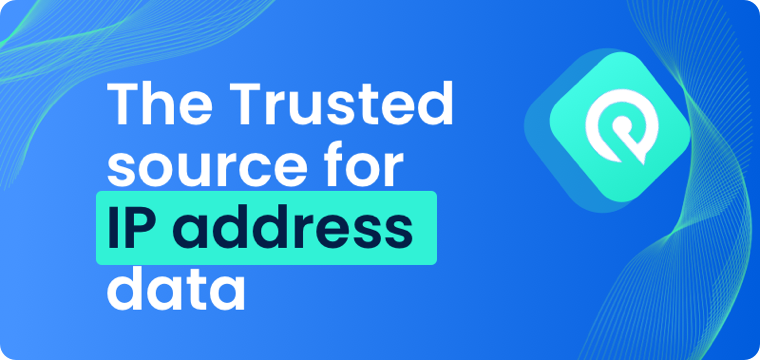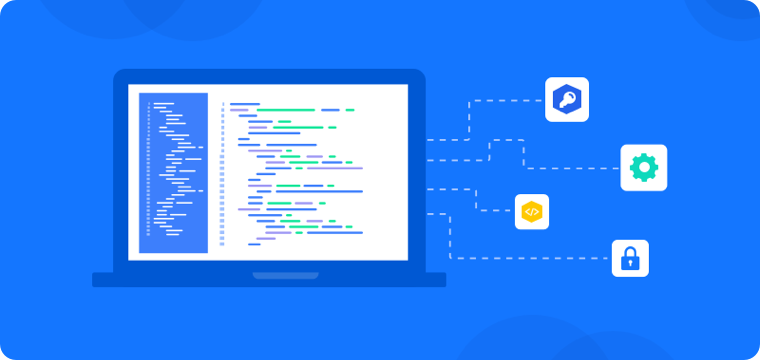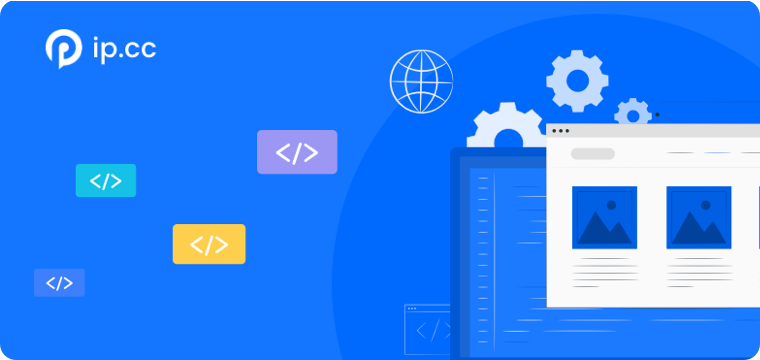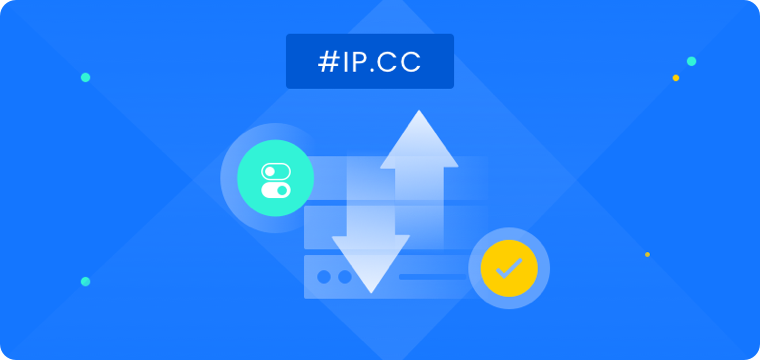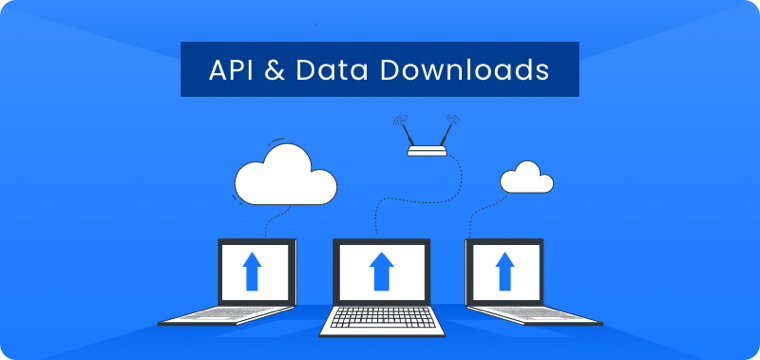
Note on the use of proxy IP in crawler
With the advent of the era of big data, more and more enterprises and individuals begin to use crawler technology to carry out various work businesses. However, crawlers often face some challenges when grasping data, such as time constraints, access restrictions, captCHA restrictions, etc., which may cause crawlers to not work properly. In order to solve these problems, IP proxy is widely used in the field of crawlers as a tool to help crawlers work stably. However, when using proxy IP, crawlers need to pay attention to the following points:
1. Check whether the proxy IP address is valid: Before using the proxy IP address, you need to ensure that the proxy IP address is valid. A valid proxy IP can stably connect to the target server and obtain the required data smoothly, while using an invalid proxy IP may cause access failure or be denied by the target server. Therefore, the crawler must perform validity testing before using the proxy IP to ensure that the proxy IP used can work properly.

2, reduce the access speed: When the web crawler uses the proxy IP to grab public data, it will have a certain access pressure on the target server. If the crawler visits the target website too frequently, it may be regarded as abnormal access behavior by the server, and then block the proxy IP used, resulting in the crawler can not work properly. In order to avoid this situation, the crawler should moderately reduce the access speed and control the access frequency, so as to reduce the burden on the server and ensure the stability and sustainable use of the proxy IP.
①Two common authentication methods for private agents
The purpose of reducing the access speed is to simulate the access behavior of real users and avoid excessive pressure on the target server. When visiting a website, real users usually do not refresh the page frequently or click links in quick succession, but browse and operate at a relatively gentle speed. Therefore, crawlers should adopt a similar strategy when visiting the target website, moderately extending the visit interval, and avoiding a large number of requests to the target server in a short period of time.
3. Protect safe access to real users: When crawling data, attention must be paid to avoid unnecessary interference and damage to the target website and real users. In order to protect secure access to real users, crawlers can adopt a series of protection policies to simulate the behavior of real users and reduce the probability of being identified as crawlers by the target website.
A common protection policy is to set reasonable User-Agent header information. User-Agent is the part of the HTTP request header that identifies the client application or device sending the request. The target site will often rely on the User-Agent to determine whether the request is coming from a crawler or a bot. Therefore, crawlers can simulate different types of real users, set different User-Agent header information, so that its request looks more like the request of ordinary users, so as to avoid detection of crawler behavior by the target website. In addition, IP rotation is also one of the effective strategies to protect real users. Through IP rotation, crawlers can simulate the IP addresses of multiple real users, increasing the stealth of crawlers and reducing the risk of being identified by the target website. IP rotation can be achieved by periodically changing proxy IP addresses, ensuring that data scraping is done with different IP addresses over a period of time, thus avoiding excessive requests to the target website.
4, Avoid frequent replacement of proxy IP: Although IP rotation is a common means to increase the stealth of crawlers and protect the stability of proxy IP, excessive frequent replacement of proxy IP may attract the attention of the target website, and eventually lead to the blocking of proxy IP. Therefore, crawlers need to fully consider the risks caused by frequent replacement of proxy IP when designing proxy IP usage strategies, and take corresponding measures to avoid such problems.
②How to improve the crawling efficiency
First, the crawler should set a reasonable IP switching cycle. The switching cycle should be set according to the requirements of the proxy IP service provider, the visit frequency of the target website, and the work of the crawler itself. If the switchover period is too short, the proxy IP address may not be able to fully play the role of stability, increasing the risk that the proxy IP address is blocked. On the contrary, if the switching cycle is too long, it may reduce the grasping efficiency of the crawler and affect the speed of data acquisition. Therefore, the crawler needs to find a balance to ensure that the proxy IP is not changed frequently in a short period of time, while maintaining the relative stability of the proxy IP.
Secondly, the crawler can use the IP quality detection method to verify the validity of the proxy IP before using it. By selecting high quality and stable proxy IP, crawler can reduce the probability of being blocked and improve the sustainable use of proxy IP. At the same time, the crawler can also establish a proxy IP pool, manage and schedule stable proxy IP, make reasonable use of proxy resources, and further reduce the risk of proxy IP being blocked.
To sum up, proxy IP is a powerful tool in crawlers that can help crawlers solve problems such as access restrictions and security. However, crawlers need to be careful when using proxy IP, comply with the website's access rules, and protect the rights and interests of real users to ensure the normal work of crawlers and stable data capture. Only reasonable and robust use of proxy IP, crawlers can better complete various tasks.

